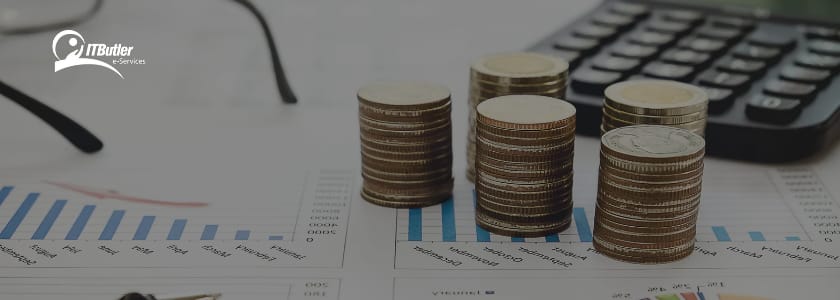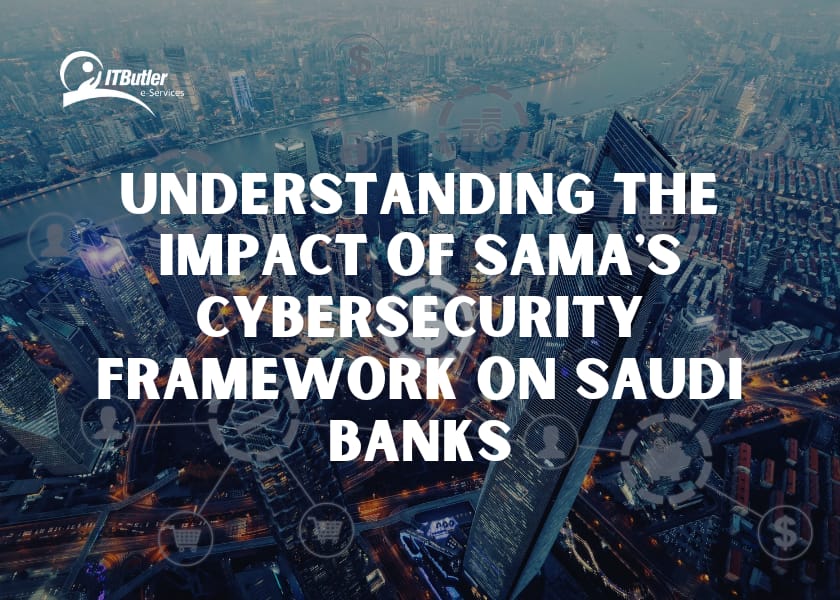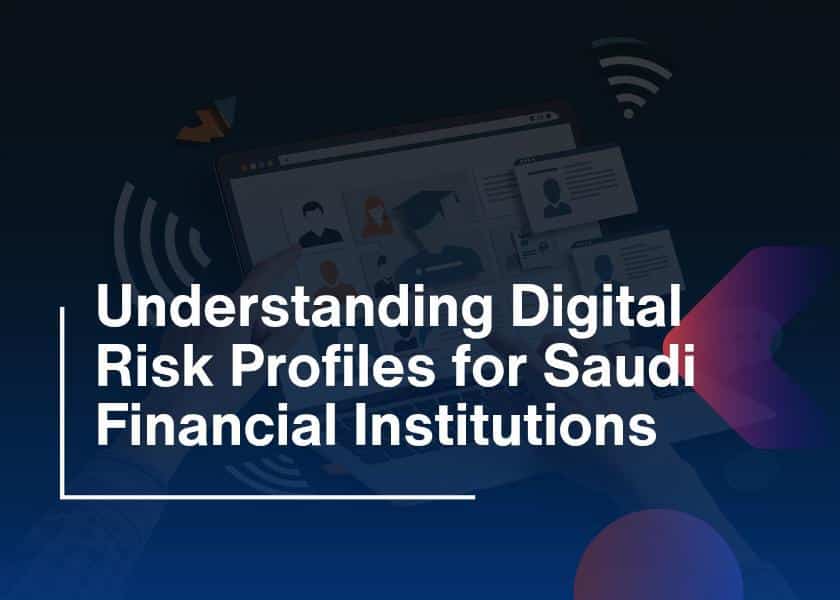SAMA is the Saudi Arabian Monetary Authority and governs the banking sector of Saudi Arabia. In this digital age of threat, SAMA has established a cybersecurity framework to ensure that banks and financial sectors operate efficiently. It is not just compliance but an active approach to financial safety for the country. So that its systems are not threatened by cyber incidents. But how does the SAMA cybersecurity framework influence Saudi banks? Let’s learn more about it.
What is the SAMA Cybersecurity Framework?
SAMA Cybersecurity Framework published the improvement of the cybersecurity posture of Saudi banks and financial institutions. Generally through best practices, security protocols, and managed approach to the handling of cyber risks. This Cybersecurity Framework has been designed to have strength in resilience and minimize vulnerabilities. Thus, to ensure the ability of the banks to defend against cyber threats.
Moreover, the essential concepts include risk management, security governance, and continuous improvement in the framework. It’s aimed at helping banks have a clearer understanding of their capacity to control cyber risks. Furthermore, this leads them to apply solid cybersecurity practices that can safeguard the financial data of their customers. While maintaining the integrity of the financial system.
Why Was the Framework Introduced?
Saudi Arabia has witnessed a sudden increase in cyber threats over the past years. However, the banks were the most targeted sector among the hackers. Why do they do so? Because this is the area that holds sensitive information about its users and their finances.
Online banking apps, mobile applications, and other digital transactions were most likely to get attacked. Hackers used multiple scamming techniques to trap people but to some extent, they succeeded too. So at that time, SAMA opted for a standardized approach to secure the financial ecosystem. Thus, they realized the basic standard security methods were not enough to cope with this situation.
Consequently, the SAMA’s cybersecurity framework was designed to protect the economy of the country. However, with this framework, businesses were more focused on the digital safety of customer’s data. Thus, this modern digital works out, and digital banking was the top priority for regulators.
Key Components of SAMA’s Cybersecurity Framework
However, the SAMA security framework has some areas to address including:
1. Cybersecurity Governance
A clear governance structure is important to keep track of cybersecurity efforts. So banks must ensure that they have a proper governance structure including Chief Information Security Officer (CISO) and Cybersecurity Committee.
However, they will make sure that your techniques and strategies align best with your business goals.
2. Risk Management
Pre and post-management of risks is crucial for a bank’s reputation. So this SAMA’s framework ensures that risk assessments are done on a regular basis. Moreover, they should also focus on mitigating those risks even if they occur.
But first, you need to know what those threats are and how you should handle them. For this hire a cybersecurity agent who will scan your system for threats with tools or software.

3. Data Protection
Personal data is something on which no customer will compromise. So protecting their data should be the top priority for banks. In case their passwords or credit card details get leaked due to your negligence, then you may have to face legal issues.
Therefore, this SAMA framework emphasizes that banks focus on encryption methods, two-factor authentication, and data classification techniques. These techniques help to protect the customer’s sensitive information.
4. Incident Response
Once the breach has occurred, incident response planning is what matters the most. Therefore, this framework allows the banks to have a clear system for detecting, responding, and recovering from cyber threats.
Moreover, this whole process demands the entire emergency response team who are ready to take action around the clock. Thus, this is the way by which you can minimize the damage to your bank’s reputation.
5. Monitoring and Reporting
Lastly, regular monitoring of the system can help you to detect early signs of threat. So you can catch it even before it could cause any damage.
But how can you monitor the systems daily? Here is a solution. There are many tools are automation software that work for you 24/7. Moreover, the SAMA’s framework ensures that banks are engaged in regular reporting and monitoring of their systems.
Impact of SAMA Cybersecurity Frameworks on Saudi Banks
However, due to this framework, banks have to make a lot of adjustments in their strategy. As they have to invest in new technologies, processes, and training. But they considered it hectic at first due to the operational burden. But later when they came to know its benefits they were overwhelmed with growth.
1. Improved Security Posture
However, due to a clear governance structure and framework, banks were able to secure their systems. They were equipped with risk management protocols to mitigate cyber threats. Moreover, they started investing in software and tools to protect their customer’s data.
2. Customer Confidence
In this digital age, cyber threats are common in every place. No matter if you are running any online store or dealing with your finances online. Hackers can access your sensitive information with a few clicks.
But how can you avoid that terrifying situation? However, if the banks are complying with the SAMA cybersecurity framework then you can trust your information. Consequently, it will help banks to attract more customers.
3. Regulatory Compliance
Adherence to the framework can protect banks from fines or penalties. So they ensure to meet all the requirements set in the framework. However, these guidelines are somehow related to the existing rules for banks. But others have to work on them from scratch.
4. Increased Costs
This framework has many benefits but causes an increased operational cost for banks. But what are the factors that require money:
- Training staff
- Investing in tools and software
- Hiring agents
However, this increased cost is problematic for smaller businesses. As they find it difficult to invest large amounts of money. However, larger banks have a lot of benefits in terms of threat detection and monitoring due to such investment.
Long-Term Benefits of SAMA’s Cybersecurity Framework
1. Enhanced Reputation
Banks that follow the guidelines properly are more likely to be trusted by customers. In this digital age where frauds are so common, banks will give them surety of protection. So they are more likely to invest in these banks leading to increased popularity and reputation across the region.
2. Innovation and Digital Transformation
The focus on security has enabled people to go digital. Mobile banking apps, digital wallets, and online stores are gaining popularity. However, the user can access their account around the clock for security over apps. Thus, this innovation and digital ecosystem leads to a secure environment.
3. Collaboration with Banks
SAMA’s framework emphasized collaboration among banks. In this way, they will be updated about cyber threats and best practices. So, this collaboration will protect against cybercriminals and to contribute the overall strengthening of the financial sector’s cybersecurity.
Conclusion
SAMA’s Cybersecurity Framework has a long-lasting impact on Saudi Arabia’s banks. As it helps them to stay updated about cyber threats. Moreover, it helps to enhance customer confidence with a secure system and loyalty. However, it’s a bit difficult for small businesses due to the operational cost but they can invest mindfully.
Furthermore, the journey toward the best security system is ongoing. But with SAMA’s framework, banks will be able to achieve that level of security quickly. While protecting their customers and maintaining the stability of the nation’s financial system





